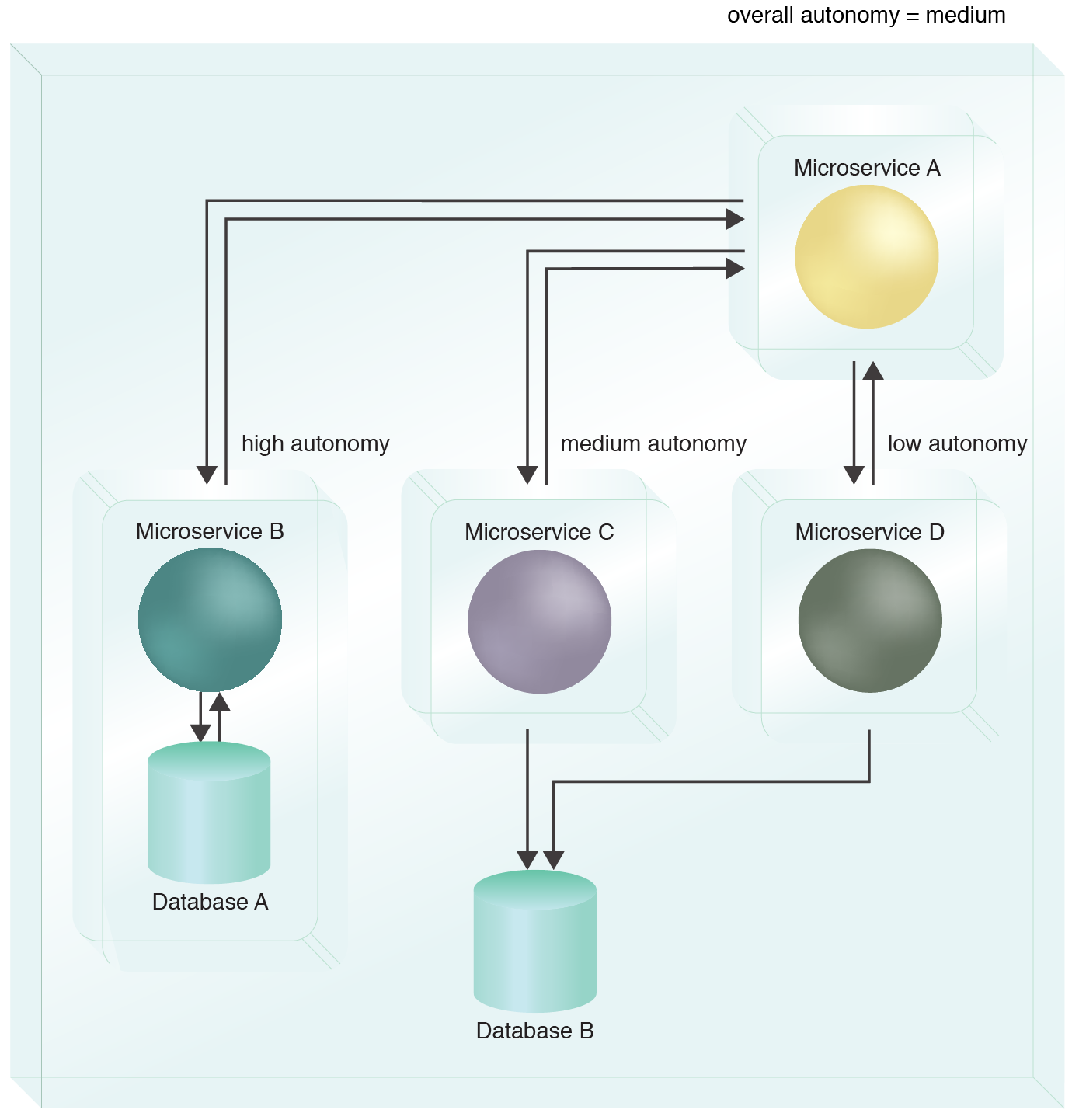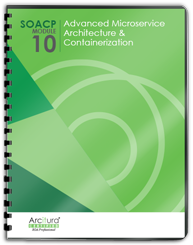Microservice and Containerization Patterns > High Performance & Reliability Patterns > Composition Autonomy
Composition Autonomy (Erl, Naserpour)
How can microservice compositions be implemented to minimize loss of autonomy?

Problem
Solution
Application
The microservices, services and components participating in a composition are deployed within an isolated environment together with the composing microservice, so as to give the composition as a whole a high level of autonomy.

By grouping the microservices and components into a dedicated deployment environment, the collective autonomy is maximized.
This pattern can be applied in conjunction with the Redundant Implementation, as explained in the complete pattern description.
This pattern is covered in Module 10: Advanced Microservice Architecture & Containerization..
For more information regarding microservice and containerization courses and accreditation,
visit the Microservice Architect Certification program page..
